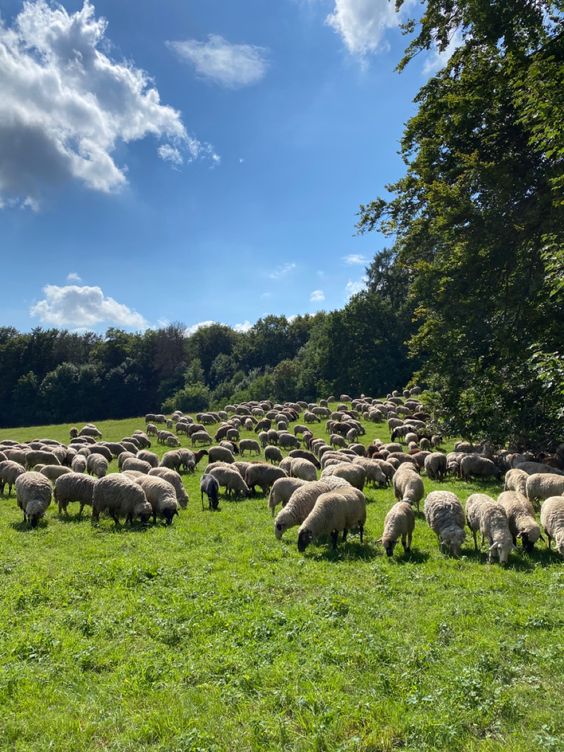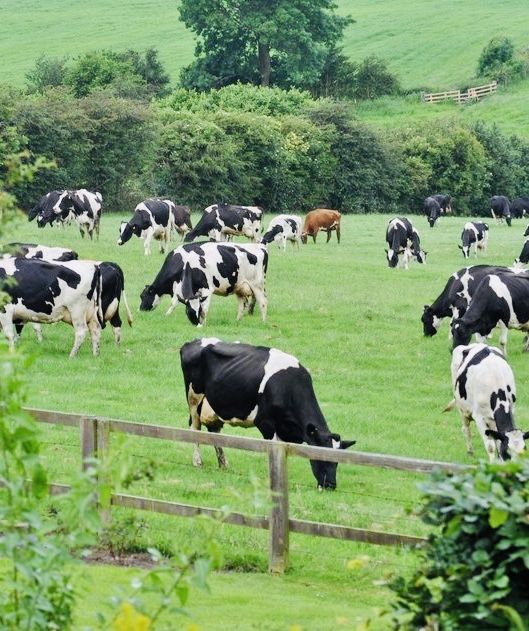Profitability of Sheep Farming: A Comprehensive Guide to Building a Thriving Flock
Profitability of Sheep Farming, a practice that stretches back millennia, remains a relevant and potentially lucrative agricultural pursuit today. From rolling green pastures to arid rangelands, sheep can thrive in diverse environments, offering a variety of products in return for your care and expertise. However, navigating the path to profitability in sheep farming requires a blend of knowledge, planning, and strategic execution. This comprehensive guide delves into the world of sheep farming, empowering you to make informed decisions and build a thriving flock.
Benefits of Profitability of Sheep Farming
Profitability of Sheep Farming,Beyond the satisfaction of nurturing a flock and contributing to a sustainable food system, sheep farming offers a multitude of benefits:
- Diversification: Sheep integrate well with other livestock operations, providing additional income streams and risk mitigation.
- Land Management: Grazing sheep helps control weeds and brush, promoting biodiversity and improving pasture health.
- Wool Production: Wool offers a valuable renewable resource, used for clothing, insulation, and other textile applications.
- Meat Production: Sheep meat (lamb and mutton) is a delicious and nutritious source of protein, catering to a growing global demand.
- Manure: Sheep manure is a rich organic fertilizer, improving soil fertility and reducing dependence on chemical fertilizers.
- Low Maintenance: Compared to some livestock, sheep require less intensive management, making them suitable for part-time or smaller-scale operations.
Goals for Profitability of Sheep Farming
Setting clear goals is crucial for any farming venture. Here are some key considerations for your sheep farming operation:
- Target Market: Identify your target market – are you aiming for wool, meat, or a combination? Understanding market demands and pricing structures is essential.
- Scale of Operation: Will you run a small flock for personal consumption or a larger commercial operation? Scale significantly impacts infrastructure needs, labor requirements, and potential profit margins.
- Breed Selection: Choose breeds that align with your goals. Consider factors like wool quality, meat production, lambing rates, and environmental adaptability.
- Land Management: Develop a grazing plan that optimizes pasture utilization and minimizes land degradation. Rotational grazing is a key strategy.
- Financial Sustainability: Create a detailed business plan that factors in costs (land, feed, veterinary care, marketing) and projected income streams.
Ideas to Enhance Profitability of Sheep Farming
Beyond the core aspects of raising sheep, there are creative ways to boost your bottom line:
- Value-Added Products: Explore niche markets for value-added products like artisanal cheeses, colored wool yarns, or branded lamb products.
- Direct Marketing: Consider selling directly to consumers through farmers’ markets or online platforms, potentially fetching higher prices.
- Ecotourism: Offer farm tours, educational workshops, or “adopt-a-sheep” programs to generate additional income and connect with the public.
- Grants and Programs: Research government grants or agricultural support programs that may assist with infrastructure development or breeding stock acquisition.
Topic Suggestions for Further Exploration
Profitability of Sheep Farming,To delve deeper into specific aspects of sheep farming, consider these research topics:
- Sustainable Grazing Practices: Explore effective rotational grazing methods, pasture management techniques to optimize forage production, and strategies to minimize environmental impact.
- Health and Disease Management: Learn about common sheep diseases, vaccination protocols, parasite control measures, and best practices for maintaining a healthy flock.
- Breeding and Lambing Management: Research selective breeding techniques for desired traits, lambing season preparation, lamb care practices, and strategies to improve lambing rates.
- Marketing Sheep Products: Explore different marketing channels for wool, meat, and value-added products, including local markets, online sales platforms, and direct marketing strategies.
- Financial Management for Sheep Farms: Learn about record-keeping practices, budgeting techniques, cost-saving measures, and financial analysis tools to improve your farm’s financial health.
Advantages Profitability of Sheep Farming
While Profitability of Sheep Farming presents challenges, it also offers several advantages:
- Relatively Low Startup Costs: Compared to other livestock operations, sheep require less upfront investment in infrastructure and equipment.
- Adaptability to Diverse Environments: Sheep can thrive in a variety of climates and terrains, from arid regions to mountainous areas.
- Low Labor Requirements: Sheep are generally low-maintenance animals, requiring less daily labor compared to some livestock.
- Dual-Purpose Breeds: Certain breeds offer both meat and wool production, providing a diversified income stream.
- Environmental Benefits: Sheep grazing can improve soil health, reduce erosion, and help control wildfires.
Challenges and Considerations
Profitability of Sheep Farming is not without its challenges. Here are some key factors to consider:
- Market Fluctuations: Wool and meat prices can fluctuate due to global market forces. Diversification and value-added products can help mitigate this risk.
- Predation: Predators like coyotes, wolves, or wild dogs can pose a significant threat to sheep flocks. Implementing effective fencing, using guardian animals, and employing predator deterrents are crucial.
- Weather Extremes: Extreme weather conditions can impact sheep health, pasture growth, and lambing success. Having contingency plans for drought, heat stress, or harsh winters is essential.
- Labor Availability: Finding reliable and skilled labor can be a challenge, especially for larger operations. Consider offering competitive wages, training opportunities, and creating a positive work environment.
- Regulations and Permits: Research and comply with all relevant local, state, and federal regulations regarding animal welfare, land use, and product sales.
- Time Commitment: While sheep are relatively low-maintenance, caring for a flock requires regular attention, daily feeding and watering, and monitoring their health.
Building a Sustainable Profitability of Sheep Farming Business
Building a successful and sustainable sheep farming business requires a multi-pronged approach:
- Education and Training: Continuously learn about best practices in sheep husbandry, pasture management, breeding, disease prevention, and financial management. Attend workshops, conferences, and connect with experienced sheep farmers.
- Develop a Business Plan: Create a comprehensive business plan that outlines your goals, target market, financial projections, marketing strategies, and risk mitigation plans.
- Network and Build Relationships: Connect with other sheep farmers, industry professionals, and potential buyers. This can provide valuable advice, market insights, and potential sales opportunities.
- Invest in Quality Infrastructure: Provide your sheep with adequate fencing, shelters, watering systems, and handling facilities to ensure their well-being and optimize management efficiency.
- Prioritize Animal Welfare: Upholding high standards of animal welfare is not just ethical, it also promotes good flock health, improves lambing rates, and enhances the quality of your products.
Profitability of Sheep Farming offers a rewarding and potentially profitable agricultural pursuit. By understanding the benefits, challenges, and key considerations, you can navigate your path to success. This comprehensive guide has equipped you with the foundation to make informed decisions, develop a profitable business plan, and build a thriving sheep farming operation. Remember, success in sheep farming is a journey, not a destination. Continuous learning, adaptation, and a passion for your flock will be your guiding lights.






